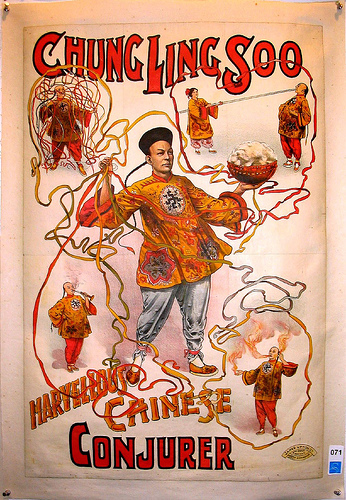January 6th is the feast day of the Epiphany, a time for many of us to tear down the tree, stash the glitter for our more somber decor, and with a certain melancholy, be happy the hub-bub is over.
It is of course also when , to believers, the infant was revealed as the Son of God.
 Adoration of the Magi with Saint Anthony Abbot
Adoration of the Magi with Saint Anthony Abbot
about 1390-1410
Unknown
Franco-Flemish
The very word epiphany is a joy to say, it sounds magical, sacred, not of this mundane world.
Within this very special world ,where beautiful infants reveal their identity as gods, three visitors with names equally exhilarating, Melchior, Caspar, and Balthasar; artists have found intense inspiration. What artist can resist this scene, the mother and child, the barnyard beasts, the shepherds, and the Kings, with rare gifts, who would want to resist?
Adoration of the Magi
Georges Lallemant
before 1624
Adoration of the Magi
Francesco Bassano
1567-69
The Hermitage
It is unfortunately quite doubtful that the Magi were so majestically dressed, little baby Jesus would have enjoyed the spectacle.
What we do know comes from Matthew 2:1 ,
“Now when Jesus was born in Bethlehem of Judea in the days of Herod the king, behold there came wise men from the east to Jerusalem”.
“From the east” is what we had to run with, and artistic imagination certainly ran. Balthasar a striking Moor, Casper and Melchior representing Orientalist fantasies of Persia and India, all so grand.
Those far wiser then this author have suggested the Magi hailed from Persia, with connections to Zoroaster, some have suggested Babylon ( which of course I would prefer). Early images of the Magi, will often have them wearing Phrygian caps.
Roman catacomb painting
Ravenna
 Basillica de Santa Maria Maggiore
Basillica de Santa Maria Maggiore
c.430
Rome
Coming from the east, they made a pit stop at Herod’s palace,
“Then Herod, when he had prively called the wise men, enquired of them diligently what time the star appeared”
Matthew 2:7.
Three Magi before Herod
early 15th century
Musée National du Moyen Ãge
I love how nasty Herod looks.
Duccio di Buoninisegna 1308-11
Museo dell ‘Opera de Duomo
Siena
” And when they were come into the house, they saw the young child with Mary his mother, and fell down, and worshipped him:and when they had opened their treasures, they presented unto him gifts;gold, and frankincense, and myrrh”
Matthew 2:11.
ca, 1200
Limoges
Musée National du Moyen Ãge
Jean Bourdichon
Musée du Louvre
Paris
An exciting resource for images of the Magi tale is right here in LA, the Getty Museum, this link provides a handy list.
Adoration of the Magi
Gaspare Diziani
1718
Museum of Fine Arts
Budapest
Sandro Botticelli
1475
Uffizi Gallery
One of my favorites,
Nicolas Poussin
1633
So enchanted was Gian-Carlo Mennoti by this Bosch interpretation, he was compelled to create Amahl and the Night Visitor.
Hieronymous Bosch
Metropolitan Museum of Art
around 1944
b.7th July 1911
d.1st February 2007
I am familiar with this operas, I am ambivalent about the music.
My hesitations concerning this work may be due in great part to sorrowful memories of Episcopalian amateurs caterwauling Menotti’s work; I happened to once create sets for it as my church was putting on a production.
Whatever my feelings are, I am impressed that Amahl was commissioned by NBC for its NBC Opera Theatre. I have a clip from 24th of December 1951, in which it aired on the Hallmark Hall of Fame.
Happy Feast Day of the Epiphany !
Respectfully submitted,
BabylonBaroque



























































